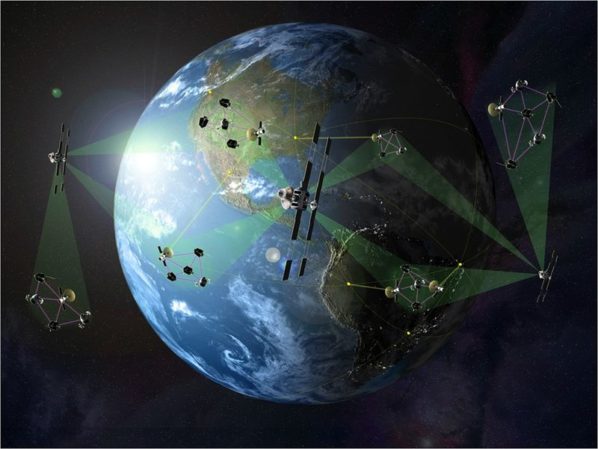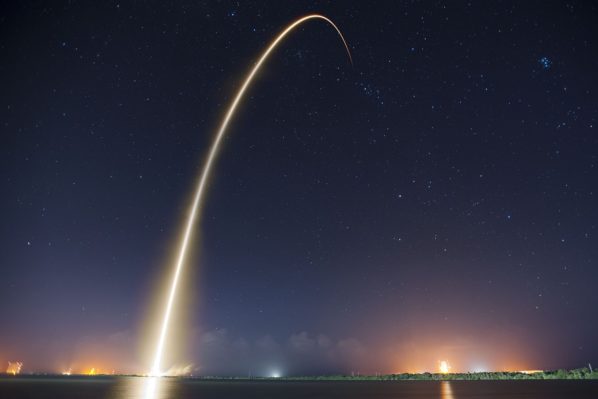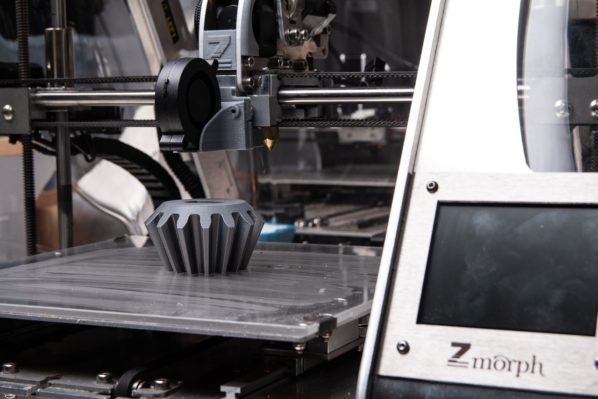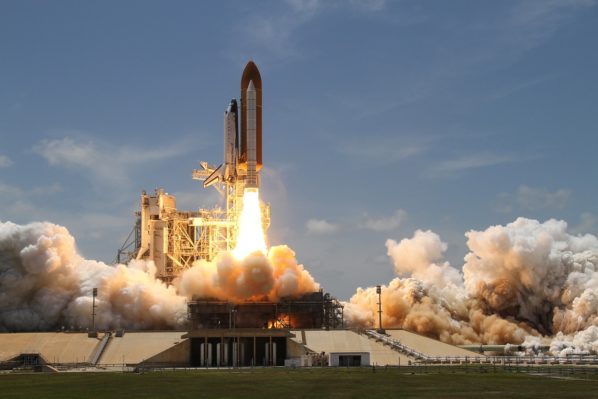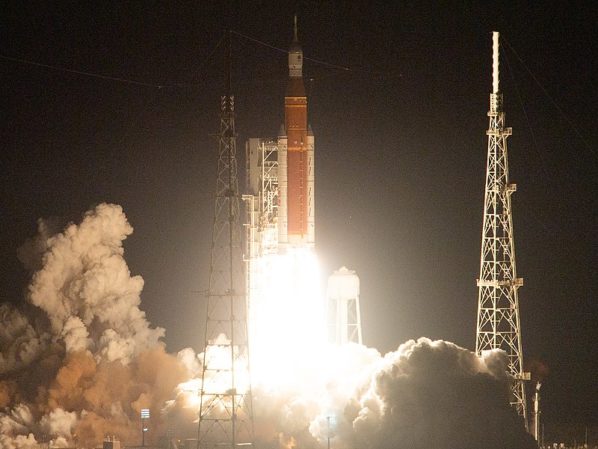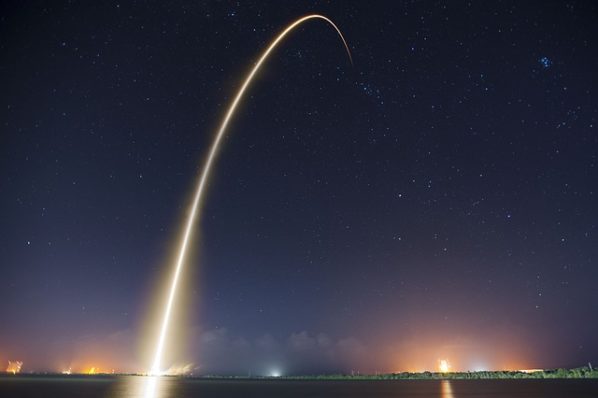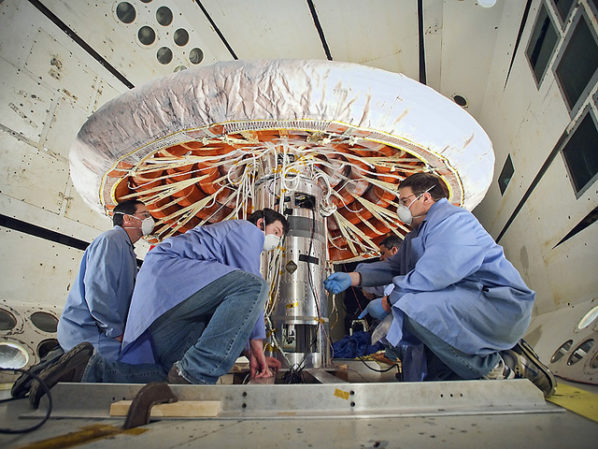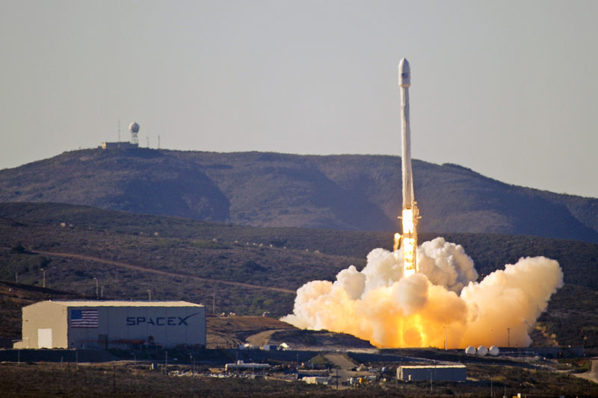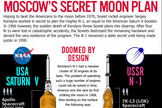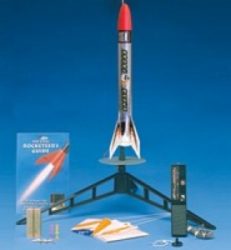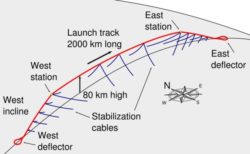What’s the Difference Between LEO, MEO and GEO Satellites?
As of the beginning of 2023, nearly 15,000 satellites are orbiting our planet. With so many orbiting bodies circling the Earth, it's a miracle they don't crash into each other, right? It might seem like magic, but in reality, it's because they aren't all orbiting at the same height. Let's take a closer look at what LEO, MEO and GEO satellites are, and why more companies are investing in LEO and MEO satellites to support space exploration.
How Do Spacecraft Withstand Re-Entry into Earth’s Atmosphere?
If you’re lucky when you look up in the sky at night, you might see a shooting star. As you’re making your wish, what you’re actually seeing is a small piece of rock or space junk burning up in the atmosphere. The friction of re-entry causes the shooting star to ignite and burn, which is why you see a brief flash of light.
What Are The Benefits of 3D Printing in Space?
Will 3D printers be commonplace in space? What are the benefits of 3D printing in space and will we see more of it in the future? Learn more!
Did You Know Polyurethane Foam Made the Space Shuttle Possible?
Sometimes it's all in the details. Something as simple as polyurethane foam made the modern space shuttle a possibility. This crucial material opened up a range of new options for spacecraft, as well as everyday objects.
Artemis I Launch a Great Success, According to NASA Engineer Kristine Ramos
Despite some delays, the highly anticipated kick-off to NASA's Artemis program finally debuted with the launch of Artemis I. This unmanned mission to orbit the Moon is the first test of the Orion spacecraft carried by a Space Launch System (SLS) rocket.
Stargazing Calendar for November 2022
November will be slightly less eventful than the last month in terms of stargazing events, but there will still be some highlights such as a total lunar eclipse, the perigee of Mars, the Leonids and a few smaller meteor showers. A new addition to these calendars will also include the best times to observe major asteroids and comets.
How Did SpaceX Convert Two Oil Rigs into Launch Pads?
As space travel evolves, so too will its launch sites. Instead of building stationary launch pads like the ones that NASA and other space agencies have used traditionally, SpaceX is working to convert two floating oil rigs into off-shore launch pads. How is SpaceX turning oil rigs into launch pads?
NASA Called College Students to Develop an Inflatable Heat Shield
Who is NASA going to hire to create a vital component for an upcoming Mars mission? None other than the bright minds of our future – college and university students. That's right! NASA's Game Changing Development Program gave college students the chance to come up with unique ideas to generate lift. Sure, that's a fairly simple request, but your ideas will be used on cutting-edge, amazing spacecraft.
Go Away, Gravity! – The Ventures of Elon Musk’s SpaceX and Richard Branson’s Virgin Galactic
Elon Musk has a net worth of $11.9 billion while Richard Branson has a net worth of $4.8 billion. If they stacked their respective fortunes in $1 bills atop each other, the tower would reach six million miles, almost 25 times the distance between the earth and the moon. And that is, in a metaphorical way, exactly what the two plan to do.
Moscow’s Secret Moon Plan: The N-1 Rocket [Infographic]
“Hoping to beat the Americans to the moon before 1970, Soviet rocket engineer Sergey Korolyov worked in secret to plan the mighty N-1, an equal to the American Saturn V booster. In 1966 however, the sudden death of Korolyov threw Soviet plans into disarray. After four N-1s were lost in catastrophic accidents, the Soviets destroyed the remaining hardware and denied the very existence of the program. The N-1 remained a state secret until being made public in 1990.” Taken from the infographic below: Source Space.com: All about our solar system, outer space and exploration
Educational Gift Ideas
With the holiday season rapidly approaching, many of us are stuck with the dilemma of choosing gifts for kids. Sure you could go out and buy the most popular video game or this season’s trendy Barbie doll, but do these gifts really hold much meaning? Lets face it, children often play with a toy for a few minutes, forget about it, and move onto the next thing. This year get them something they can use over and over with their friends, along with providing an educational experience. These toys listed below are both fun and educational toys that are great for children of the ages 7-15. One of the main…
Non-Rocket Spacelaunch – Advantages and Difficulties of a Launch Loop
Unlike conventional rockets, launch loops can have many launches per hour, independent of weather, and are not inherently polluting. Rockets create pollution such as nitrates in their exhausts due to high exhaust temperature, and can also create greenhouse gases depending on propellant choices. Launch loops require power in the form of electricity and as such it can be clean.

